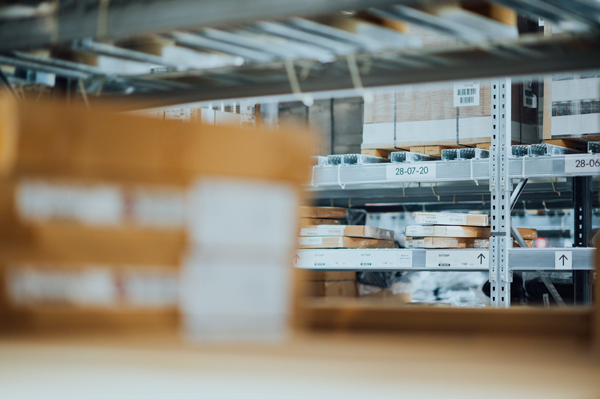
In addition, machine vision technology requires adequate lighting to function properly. Fluorescent, quartz-halogen and light-emitting diode (LED) are the most commonly used lighting types in small to medium-sized inspection stations. However, metal halide and xenon are more appropriate for larger areas. If the lighting is not sufficient in a part of a warehouse for computer vision to work, RFIDcapabilities could overcome that obstacle.
Machine learning is increasingly valuable in warehouse environments. The technology can assist with forecasting, cut down on idle stock issues and optimize inventory levels to meet customer demands. At one grocery store chain uses the Tally robot, employees receive reports every half hour related to details about the store's approximately 35,000 products. That kind of updated information minimizes surprises that could hinder profitability.
Researchers Explore the Benefits of Using RFID Tracking and Computer Vision Together
Research is under way to determine other ways in which warehouses could benefit from the combination of RFID tags and computer vision technology. In one academic paper, the authors described how such a combined system achieved rates above 90 percent for accuracy related to localization and recognition of moving RFID-tagged objects.
Those conclusions could encourage warehouse managers to investigate new ways to apply RFID tags and computer vision to their current workflows. For example, one potential application could involve tracking objects on a conveyor belt.
Moreover, researchers at the University of Washington came up with a system that uses RFID tags and computer vision to identify and recognize the location of an individual who is part of a group. It identifies people within seven seconds or less and is at least 95 percent accurate when doing so. It's hard to say during these early stages how warehouse managers might eventually apply this capability to their facilities.
One possibility could include group safety training for a new machine in a warehouse. If this is mandatory before a person can interact with or be around equipment, each individual could wear an employee badge with an RFID tag. Then, the computer vision component could verify he or she had attended the training. Or, if we consider inventory tracking, in particular, the person-identification component could identify that a person with a static position in a warehouse has stayed in the proper place for his or her entire shift.
Pioneering Companies Are Moving Ahead With Computer Vision and RFID Tags
As mentioned earlier, some forward-thinking company leaders are involved with businesses that see the existing need in the market for computer vision and RFID tag-recognition capabilities in the same product. One of them is RADAR, a company based in New York that blends RFID and computer vision to address some of the known shortcomings associated with RFID tags. Many of these technologies lack precise accuracy or require substantial manual operations.
RADAR recently secured $16 million in a funding round that included a pair of undisclosed billion-dollar retail brands among the investors. RADAR's website says that, together, computer vision and RFID tags result in recognition that is 400 times faster, and a reading speed that is more than 300 times as quick.
Sam's Club also reportedly started using computer vision technology to detect items that people place over a checkout scanner. That approach recognizes products in fewer than four seconds, which is substantially faster than the time usually required for shoppers to locate and scan bar codes. Additionally, Chinese brand JD.com will soon open unstaffed convenience stores that have RFID-tagged items and intelligent cameras that recognize shoppers' actions. Although these last two examples are retail-based, they could result in technological improvements that would help warehouse staff, too.
An Exciting Future
These examples show that RFID tags and computer vision can complement each other. The coming months and years will help demonstrate what that could mean for warehouse personnel.
(Sharing from:  rfidjournal.com, If it is debatable, please contact us to delete)
rfidjournal.com, If it is debatable, please contact us to delete)